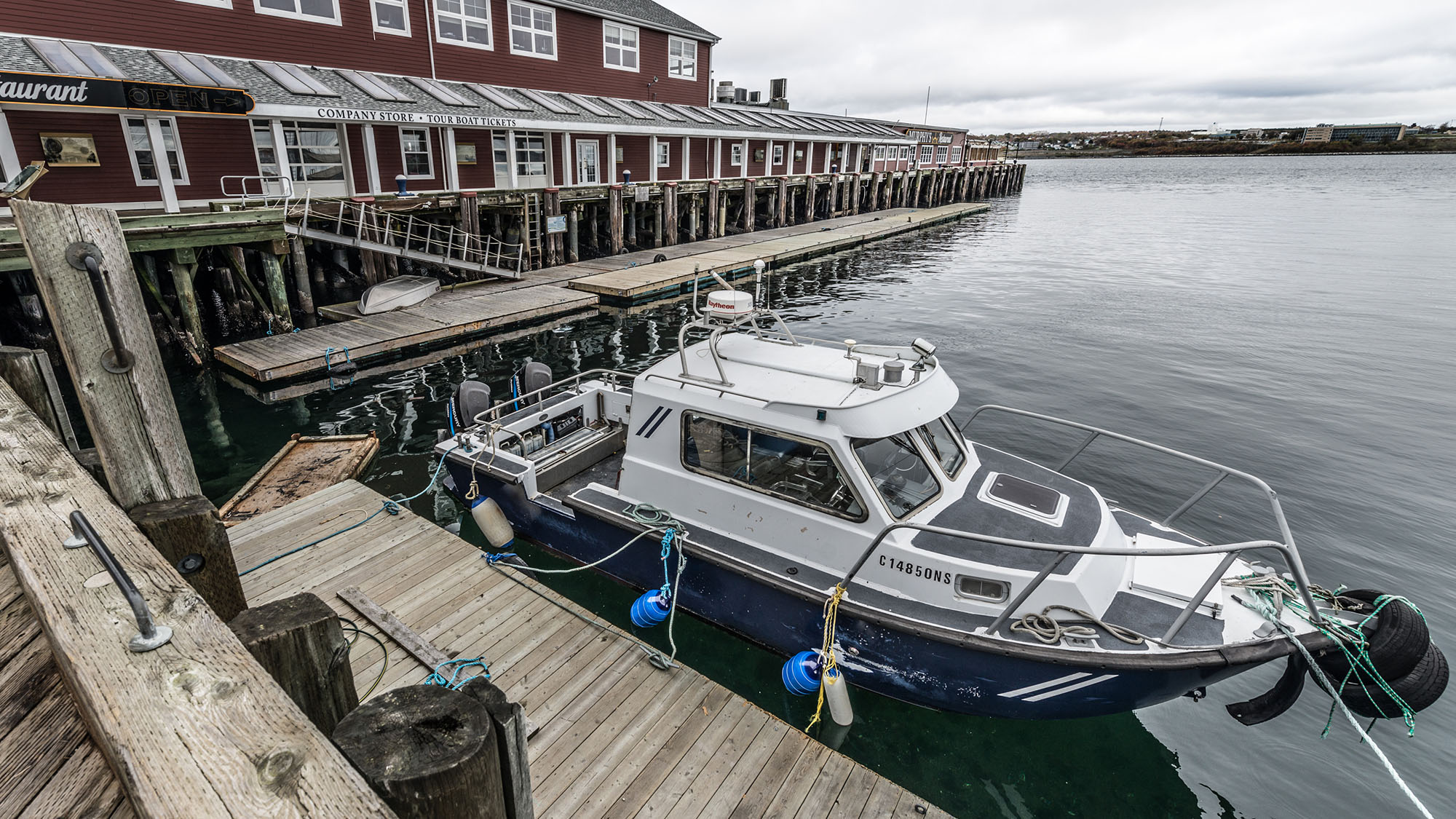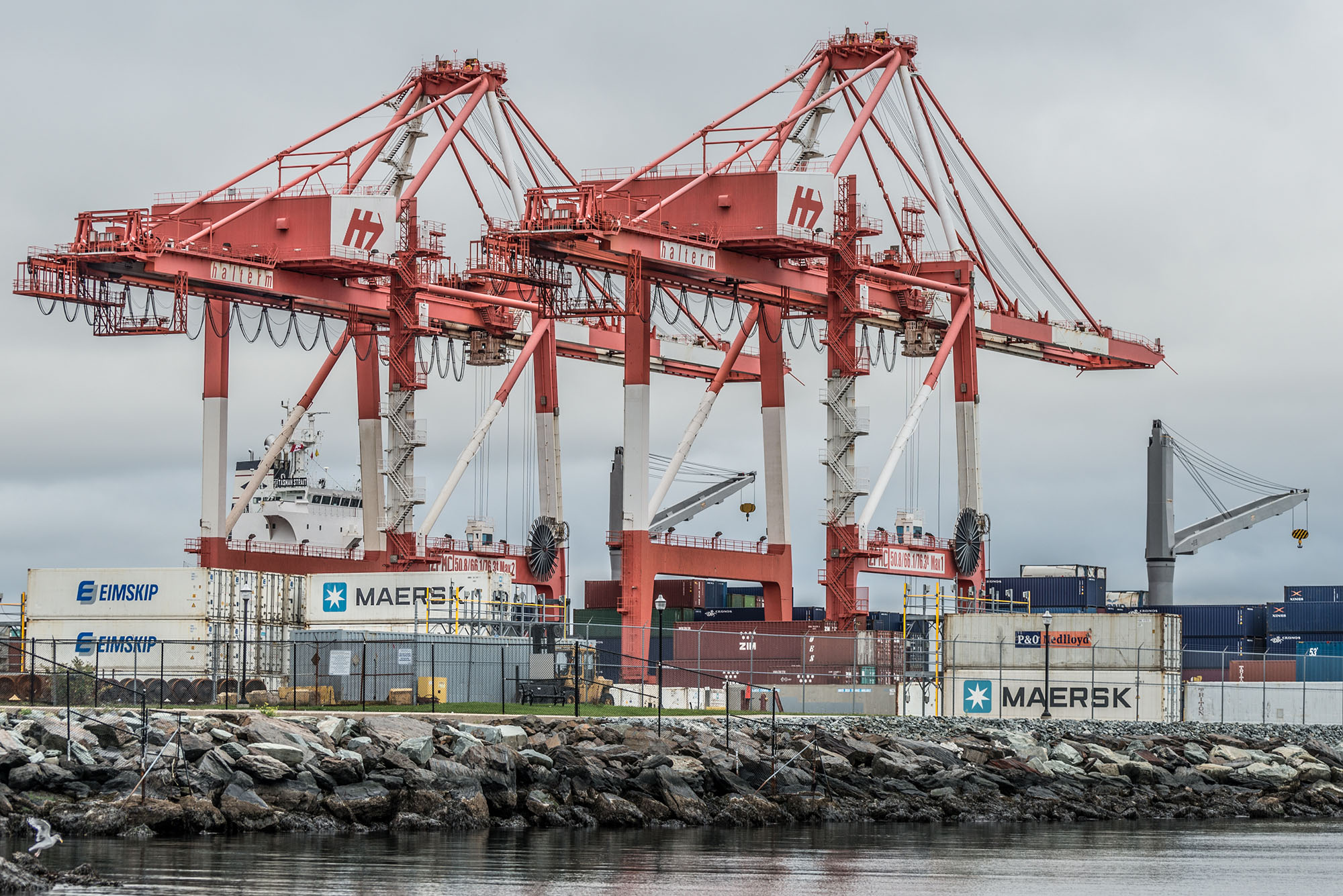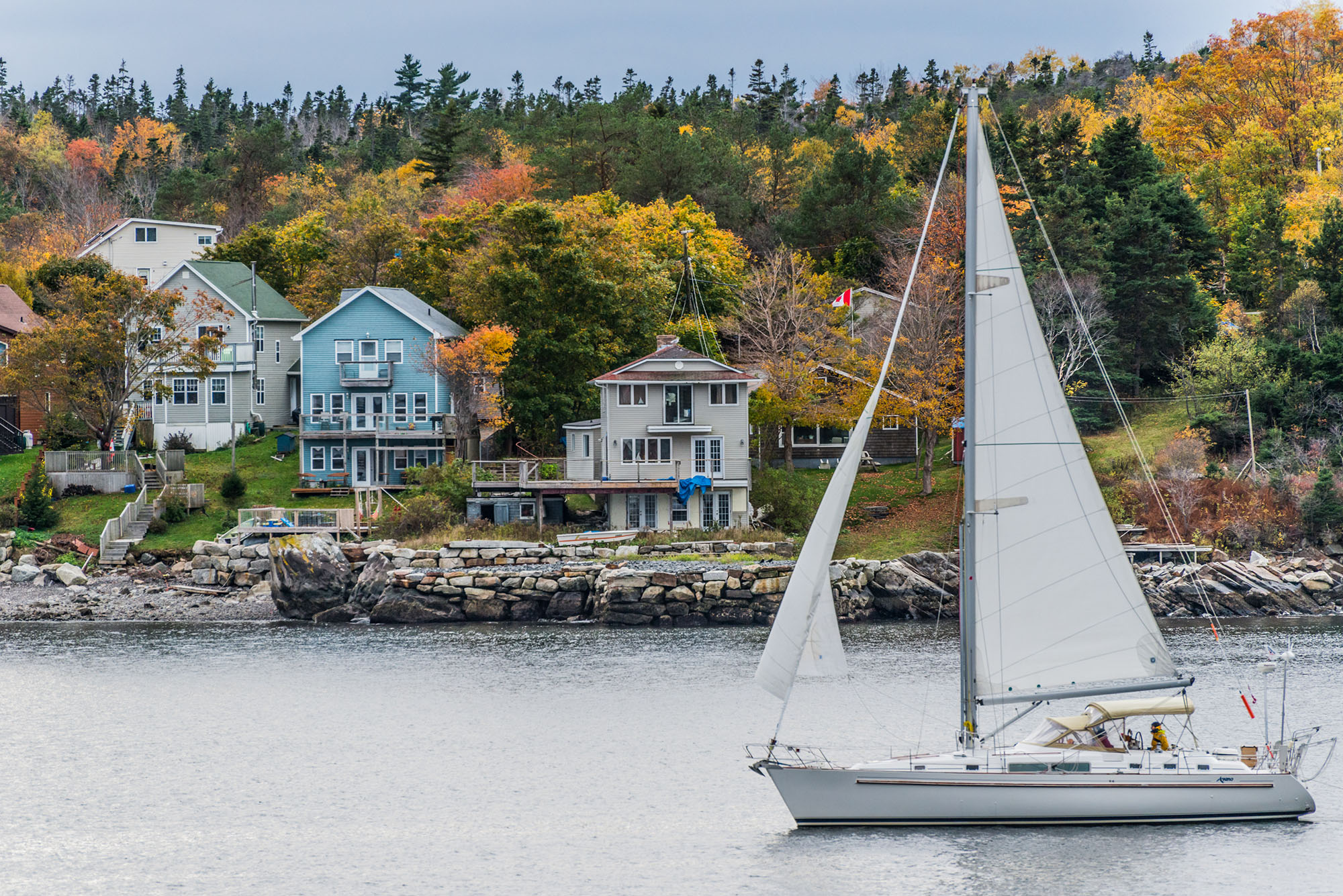The need for leadership

caption
Owners of coastal properties could face an increased risk of floods and lose land to sea level rise in the future.As Fares knows well, building beside water – especially salt water – is more complicated and costly than building inland.
Robin Tress knows it too. She’s the coastal adaptation coordinator at Halifax’s Ecology Action Centre, and this complexity is why she wants Nova Scotians to have stronger tools for developing their shorelines intelligently.
“We absolutely need to be planning for the sea level rise that is going to come,” says Tress.
“One of the problems people face when they want to do that is that the information necessary to plan appropriately isn’t available to the public in most cases.”
Instead, the information – like the mapping Boxall and Charles did, for example – is spread out among 14 different provincial and federal government bodies, not to mention all the municipalities that are involved as well.
Listen to Robin Tress:
https://youtu.be/5yQEYNYF2mQ
For about a decade, says Tress, the EAC has been pushing the provincial government to instate legislation that protects the coast and gives clear boundaries for developers, while providing a one-stop resource instead of a bureaucratic maze.
And, a few years ago, they nearly got some of what they wanted.
In 2011 the Nova Scotia government was seeking input on its Coastal Strategy. Though not a law, it was meant to be a singular framework for how the province’s coastlines would be managed and developed.
“That was looking really good for a while. They did lots of public consultation; people really bought into this idea of having one piece of guidance that would tell people across Nova Scotia how to work with the coast,” says Tress.
“And then it just disappeared.”

caption
As a harbour city, Halifax sits on the shores of the Atlantic Ocean. Now, the city has to adapt to water levels rising faster than ever before.Though a draft of the strategy was published, the initiative fell off the Dexter government’s radar before the final version was approved, says Tress.
The EAC, however, hasn’t dropped the cause. They are thinking about what direction to take, what partners to make, and what to do next.
The current government hasn’t indicated an interest in reviving the strategy, she says.
“It’s just sitting there, it’s ready to go. It was a great first step that could have taken us toward a coastal act.”

caption
Owners of coastal properties could face an increased risk of floods and lose land to sea level rise in the future.Halifax Mayor Mike Savage says that the challenges brought by sea level rise are not something the city can confront on it’s own.
“It’s possible that there will need to be expenditures,” says Savage.
“We hope that we will have willing partners with two levels of government to help us mitigate the cost.”
Listen to Mike Savage:
https://youtu.be/HGRUlr02vQY
Meanwhile, the oceans continue to climb, and any day know the world will learn the latest estimates of just how fast they’re doing that.
The sea level rise projections that Halifax’s research is based on are about to become outdated. The world’s climate-change experts are currently meeting in Copenhagen, and are due to release the latest IPCC report on Nov. 2.

caption
With sea levels rising, salt water could contaminate drinking water supplies and agricultural lands, says Halifax’s Ecology Action Centre.This will be the fifth assessment report from the IPCC, the fourth one – on which Boxall, Charles and company based their work – having been released in 2007 and the original one dating back to 1990.
One can safely assume this new report will say the seas are rising faster.
“The whole notion that there’s a debate about this, there’s no debate,” says Boxall.
“This is measurable. We’re seeing it. It’s going to continue.”

